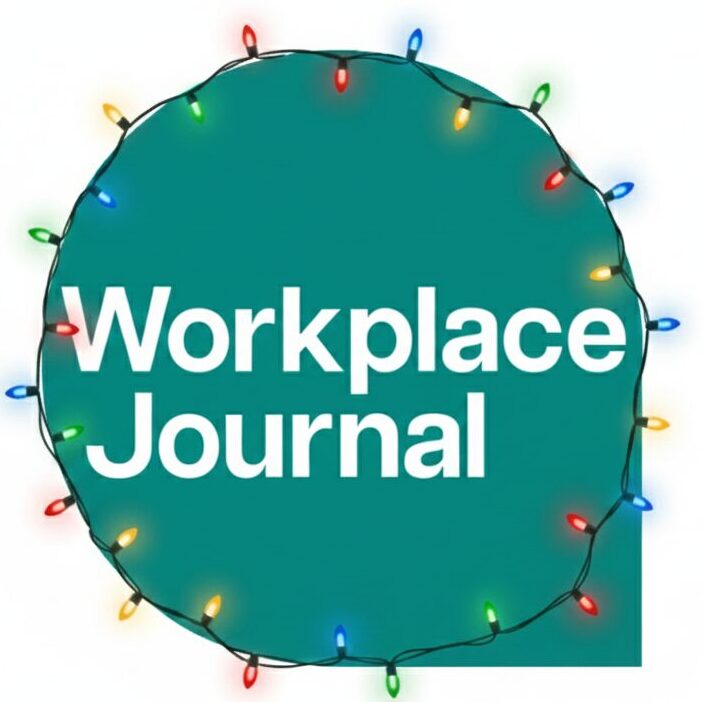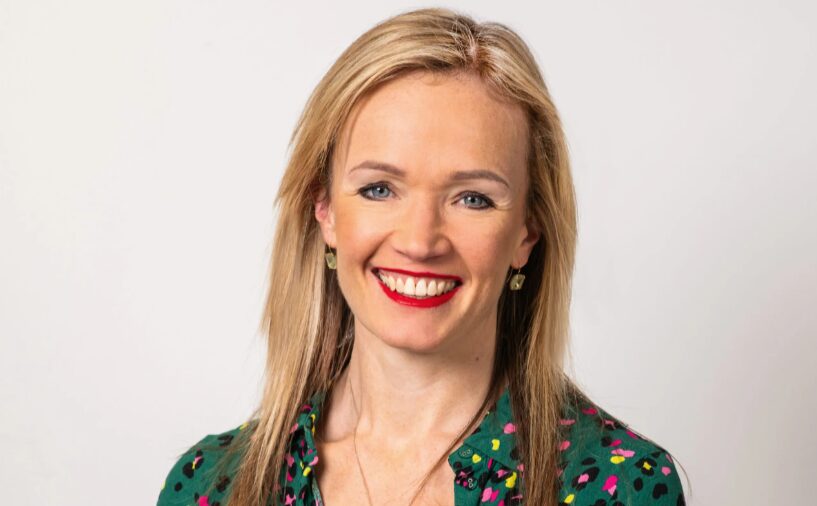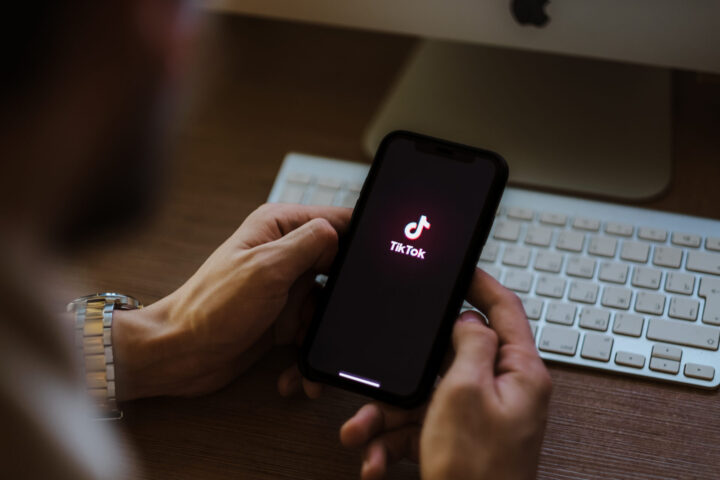Whistleblowing reports to Safecall rose by 16% in 2024 – the highest level ever recorded by the independent provider.
The latest data revealed that not-for-profit sector emerged as the most active throughout the year, while HR-related concerns accounted for more than half (55%) of all reports. In addition, reports of dishonest behaviour – including fraud, bribery and corruption – hit a record high, making up one in five cases.
In light of these findings, Workplace Journal spoke with Joanna Lewis (pictured), managing director at Safecall, to explore what’s behind the rise in reporting, which sectors are most engaged, and why trust in whistleblowing systems depends on what happens after a report is made.
Can you introduce yourself and explain what Safecall does?
I’ve been with the business for just under four years. Safecall has been operating since 1999, and it’s owned by a FTSE 250 investment trust called Law Debenture, although we operate fairly independently.
What we’re most well-known for is being a confidential reporting channel – we offer a 24/7 hotline and online service in multiple languages, so people can speak up confidently, anonymously if they wish, and know their report will be heard by their organisation.
We also provide training and investigation services to support clients in acting on those reports properly.
When I joined, we had about 500 clients. Today, we have more than 1,000 globally. That growth reflects both the demand for our services and a wider cultural shift in how seriously organisations are taking whistleblowing.
What makes your approach to whistleblowing different?
Our key differentiator is that all our call handlers are former police officers. They’ve had really specific, in-depth training to deal with all sorts of difficult conversations.
We don’t use scripts – instead, we use a framework called PEACE, which is also used by counsellors and investigators. It means the conversation flows naturally, and people often end up saying more than they intended, simply because they feel at ease.
We’ve had feedback from both callers and clients saying that this makes a real difference. It’s not an interrogation – if someone gets upset, we’ll give them time or arrange to call back. It’s about trust.
And what we find is that organisations get a fuller, more useful report as a result, which helps them take the right action.
With most people now online, is the phone hotline still relevant?
Definitely, the majority of reports we get now come through the web – 67% – but the phone line is still hugely important.
Phone reports tend to be more sensitive, and we get a higher level of substantiation through them.
Interestingly, 68% of web reports are anonymous, but 43% of phone reports are named. Often, people start the call anonymously but feel comfortable enough by the end to share their contact details.
I think there’s something human about wanting to explain, especially if it’s serious. So while tech will continue to grow, I don’t believe the phone line is dead – it’s a really important part of the service.
What kinds of workplace issues are people raising most frequently?
We’ve seen a 16% increase in reporting, even accounting for client growth. Across almost every sector, we’re seeing more reports per employee headcount.
HR-related issues – things like bullying, harassment, unfair treatment – make up about 55% of what we receive.
But we’re also seeing a rise in integrity-related reports: fraud, corruption, dishonest behaviour. That category has grown from about 50% in 2020 to 64% last year.
We’re seeing more reports around GDPR and data protection, and last year we had our first statistically significant number of reports related to modern slavery, especially from supply chains.
Post-COVID, there’s been a small increase in reports about substance abuse as well.
Are there differences in how sectors report?
Yes, the not-for-profit sector actually has the highest percentage of reports – one in every 100 employees. That could be about values, or scrutiny, or both.
We’re also seeing more from sectors with remote or frontline workers – like retail and manufacturing – where people might not have regular access to a manager.
On the flip side, professional services tend to report less. When they do, it’s usually more serious, and often because they’re regulated, so there may be other routes for reporting in place.
Are employers still reluctant to put whistleblowing systems in place?
Some are, yes. We’ve done surveys with publications that show over 50% of organisations don’t have anything external in place – they’re still relying on internal channels. That includes some really large companies.
It used to be that people said: ‘We don’t get any reports, so everything must be fine.’
I think that’s changed. Most people now recognise that no news doesn’t always mean good news. In fact, it can mean people don’t feel comfortable raising concerns.
That said, we are seeing budget constraints come up more often now. There are organisations that want to do the right thing, but the economic environment is tough.
Still, I think most people understand that it’s better to know what’s going on internally than to hear about it in the media.
What support does Safecall offer to help clients manage these reports?
Every client has an account manager, and depending on the size of the business and how many reports they get, that relationship can be very hands-on.
We help clients benchmark their data, review trends, and assess whether they’re getting the level of reporting we’d expect. We also offer training – for investigators, managers, and employees – so everyone knows how to handle concerns properly.
We can do toolbox talks, run audits, and even deliver awareness sessions to help organisations promote the system internally without breaching confidentiality. One of the big things is helping people understand what whistleblowing is and what happens after you make a report.
What are the key messages from this year’s benchmarking report?
The big one is that reporting is rising – people are speaking up, which is a good thing. They’re aware of their rights and the legislation that protects them, like the Worker Protection Act.
Secondly, we believe strongly in an omni-channel approach. Offering both phone and web channels is really important because they serve different needs.
And lastly, it’s about what happens next. Having a mechanism is only the start, if someone makes a report and it’s not handled well, if there’s no follow-up, or the manager isn’t trained, it can really damage trust.
So the message we’re sharing is: think about the full journey. Build confidence not just in the reporting process, but in the action that follows.

















